At the Asian American Hotel Owners Association’s annual event, Tyler Morse, chairman and CEO of MCR Development, recently shared a quote to inspire hoteliers to take revenue maximisation into their own hands:
“Increase your rates; do it with confidence. … Stop wasting money … Buy smart technology… This is a very simple business … don’t get swooned by all the complexities of the business… Room rates are where all of the profits are.”
You can follow his advice and leverage technology to simplify the revenue management workflow and seize more revenue opportunities.
How Automation and Artificial Intelligence can Streamline Processes
For most hotels, room revenue is the primary source of income. But even if your setup is more complex, with a broad range of non-room revenue streams, your room rates are crucial. That means a solid pricing strategy can make or break your business.
Usually, a property’s revenue manager handles price setting. They have the necessary experience, know-how and understanding of the market to determine and set the optimal rate. However, by now, revenue management has developed to include many more responsibilities than merely finding the right rate for the right traveller at the right time. An overwhelming and complicated set of tasks has resulted from many revenue professionals.
As a result, many revenue managers today ask themselves which of their many tasks are required vs. optional, tactical vs. strategic.
Here, the quote attributed to General George S. Patton comes to mind: “Good tactics can save even the worst strategy. Bad tactics will destroy even the best strategy.”
Taking tedious and repetitive tasks like data collection and tactical pricing off revenue managers’ shoulders brings many benefits. It will save time, boost revenue and even increase profits. One of the most effective ways to promote solid pricing tactics is intelligent automation.
What is Intelligent Automation (IA) for Hotels?
Intelligent Automation (IA) is the latest form of software-based automation. It connects the concepts of doing (i.e. manual work such as data collection and collation) and thinking (i.e. intellectual tasks like identifying booking patterns). Then, IA automates business processes for knowledge workers – staff in service industries which ‘think for a living.’ It does that by imitating the skills knowledge workers would commonly leverage during work.
The goal here is to automate processes and reduce the need for human intervention. This, in turn, will speed up various processes, cut costs, enhance compliance and lead to optimal business decisions.
Let’s look at a banking system that checks for fraudulent activity as an example. It starts by sharing account data with an artificial intelligence (AI) algorithm. This AI system checks if new transactions align with a customer’s usual spending behaviours. It also examines whether the bank’s customers are infringing on any laws.
Detecting questionable activities is not enough, though. If a transaction is indeed fraudulent, the IA must be able to react. That could mean stopping it or triggering other actions like alerting authorities or investigators, informing the customer and warning the bank’s staff.
One of IA’s main goals is to allow knowledge workers to leverage their human capabilities. That includes thinking, being creative, and innovating to achieve specific outcomes. Doing more of this also boosts employee engagement, reduces stress and increases productivity. According to a study by Deloitte, 90% of organisations that use IA expect it to lift their team’s output.
Reluctance to Adopt AI and IA in the Hospitality Industry
You might expect hotels to happily adopt new systems that can help boost productivity and revenue. However, today’s numbers show otherwise. Currently, less than 30% of hotels use an RMS, and an even smaller fraction takes advantage of intelligent pricing automation. This is likely because it’s generally accepted that everything revenue managers do is already sufficiently streamlined.
This could be because hotel operators don’t usually distinguish between tactical pricing and strategic business planning. Another reason is likely the impression that pricing must only be done manually. But if you look at a simple example, you’ll see why it should be automated. That’s true, especially if you have sophisticated AI software to access the right data to model demand and understand price sensitivity.
Imagine a property with five types of rooms. How often do you think this hotel needs to make pricing assessments to set only the optimised base rates for the coming 365 days?
Your first thought may be the following calculation: 5 x 365 x 1 or 2 (if you want to adjust your rates once or twice a day). That’s only looking at the actual price changes, not pricing assessments.
Since the market evolves in real time, the best approach would be to monitor it continuously and assess your rates. Only that way would you discover and be able to respond to shifts immediately. That would bring you to an impressive 157 million price assessments every day, assuming that you’re checking once every second of the day (i.e. 5 x 365 x 86,400).
But that’s still not it. Each assessment has to account for remaining inventory, pick-up and cancellation pace, searches, compset rates, etc.
They constantly have an eye on all that is impossible. But unfortunately for many revenue managers, that’s precisely what they’re trying to do each day.
Entering the Era of Lean Revenue Management
Using pricing automation doesn’t make business and compset analysis, forecasting or understanding of target markets any less critical. Knowing strategic business drivers and accessing insights into revenue and profitability becomes even more important. It’s a key part of building a sustainable operation in the long term.
A tool with a strong focus on providing deep expert-level rate optimisation is ideal for this long-term strategic work. To achieve optimal balance and streamline tactical work, it’s important to implement complementary solutions that save time daily, and all commercial teams work together more effectively.
With staff shortages still affecting many hotels, it’s essential to look more closely at your revenue management approach. Where can you save time all while maintaining or even improving your results? Fully automated pricing is one such opportunity, especially for hotels running with leaner teams.
Free Guide: Revenue Management Software Guide
As the world of hospitality transforms, revenue management software empowers hotels to keep pace with emerging industry shifts. With the accelerated adoption of cutting-edge technology, hotels gravitate towards highly automated systems to boost decision-making and streamline operations.
Click here to download the “Revenue Management Software Guide”.
The days of spending hours trying to make sense of the complicated relations between rate, demand and willingness to pay are over. Now, revenue managers can leave tactical pricing in the “hands” of AI platforms. As a result, they can focus their time, energy and skills on more rewarding and impactful tasks.
More Tips to Grow Your Business
Revfine.com is the leading knowledge platform for the hospitality and travel industry. Professionals use our insights, strategies, and actionable tips to get inspired, optimize revenue, innovate processes, and improve customer experience.Explore expert advice on management, marketing, revenue management, operations, software, and technology in our dedicated Hotel, Hospitality, and Travel & Tourism categories.

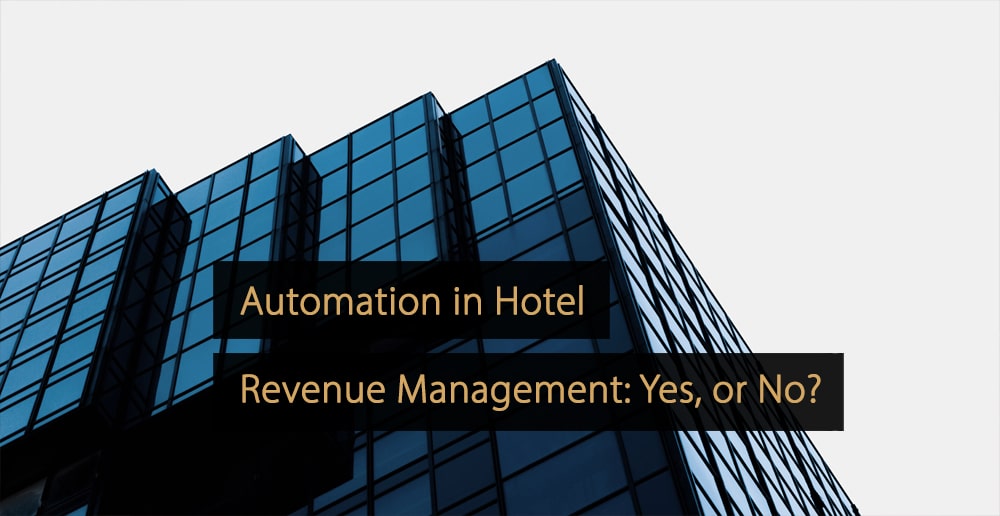
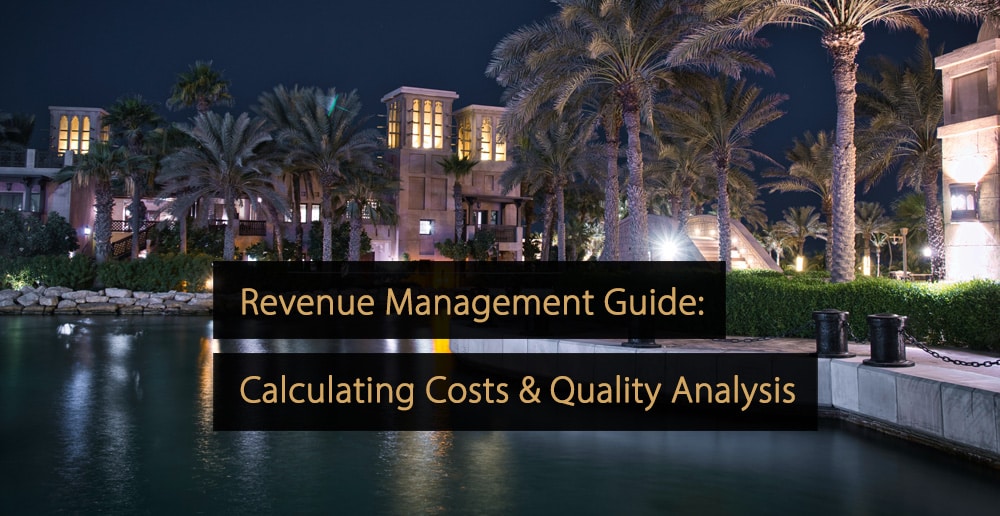
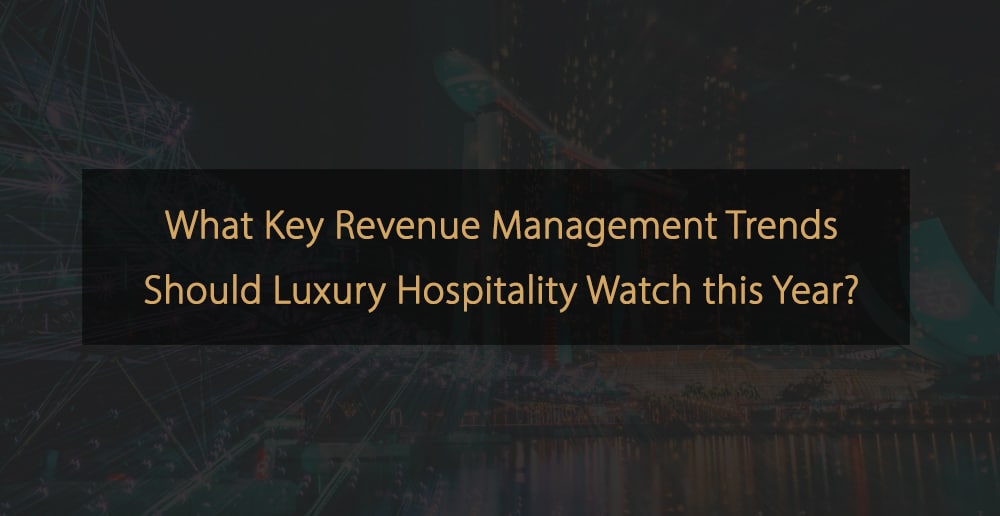

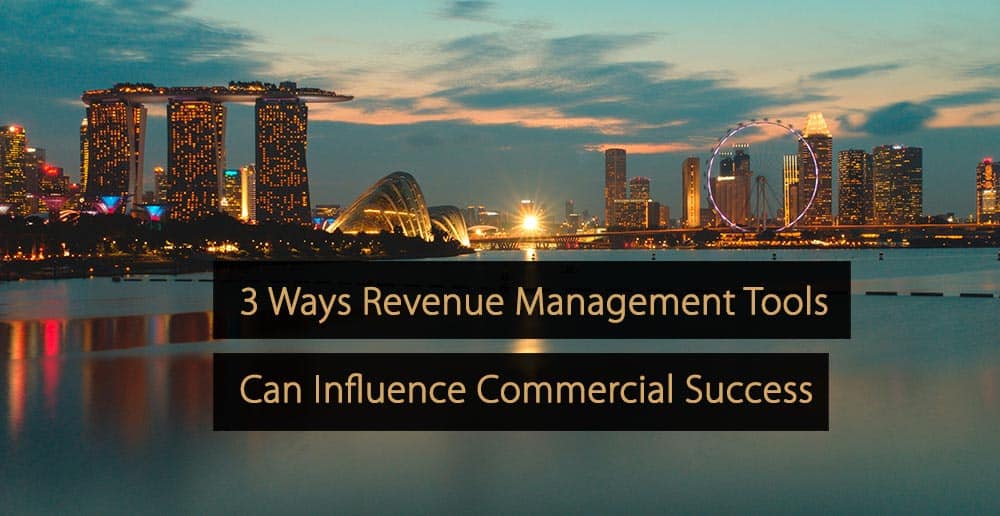

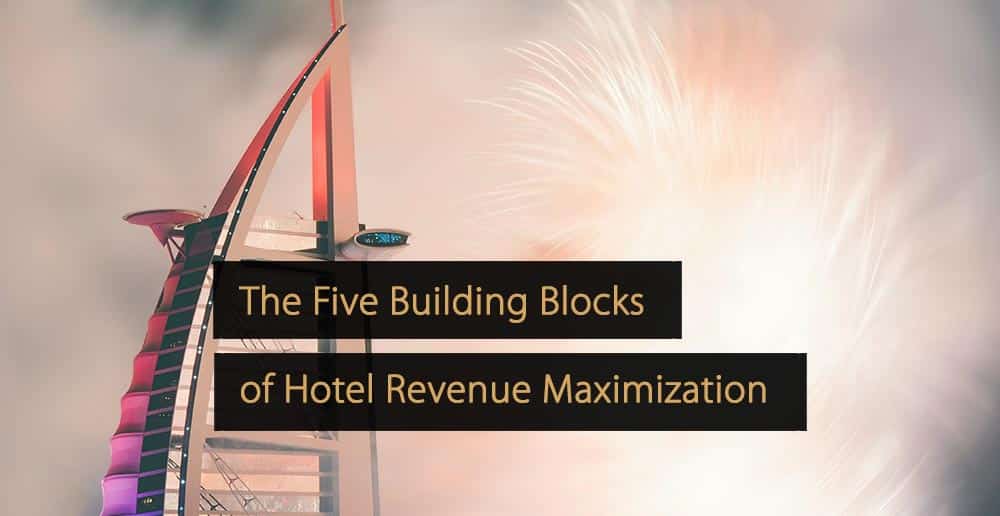
Leave A Comment